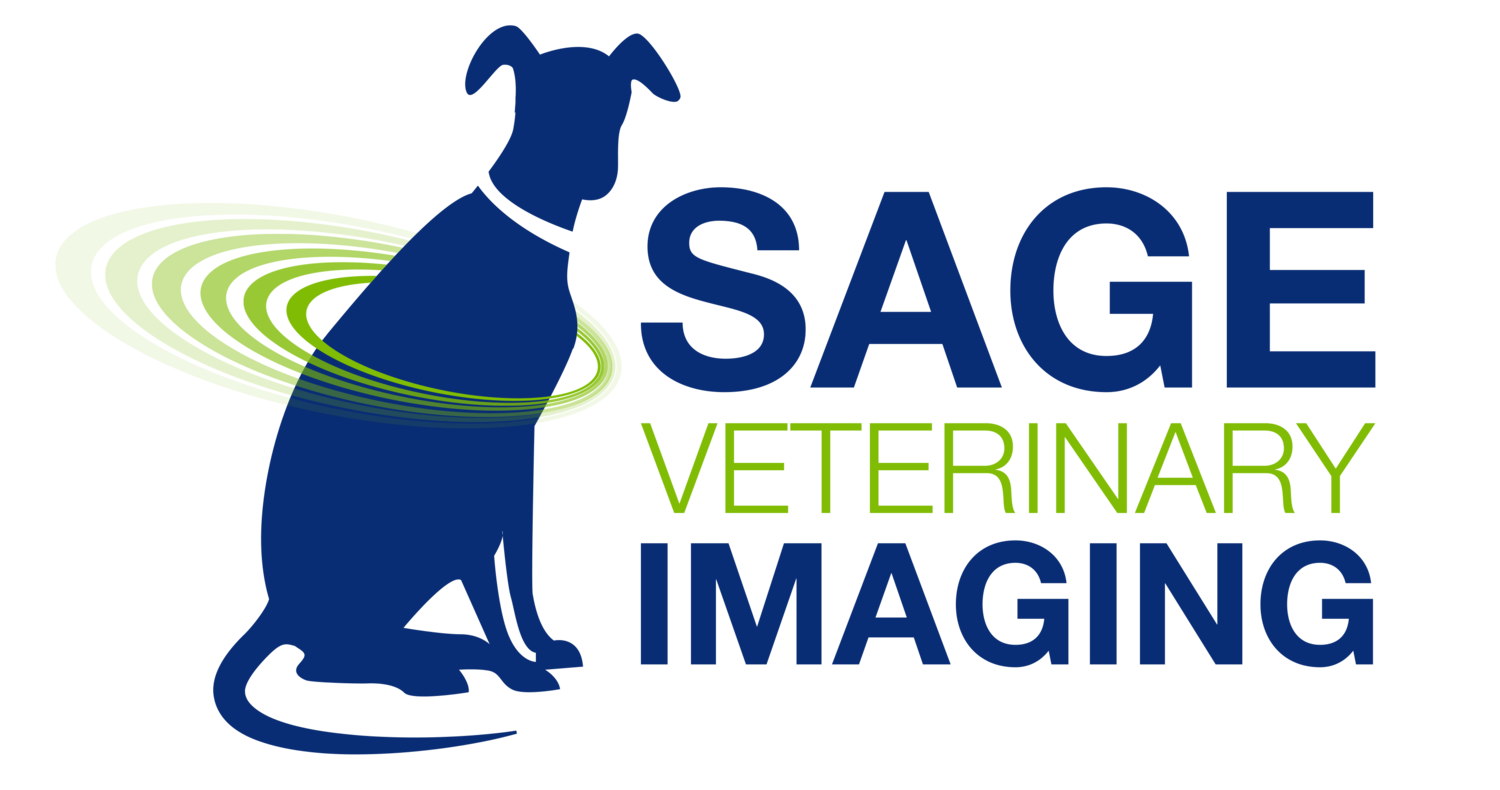Sage Veterinary Imaging Blog
Pet Health & Advanced Veterinary Imaging
Where to Get an Ultrasound for Your Pet
Discover how ultrasound diagnoses conditions in pets, from organ issues to blood flow concerns. Learn why it’s effective, how it works, and what to consider when choosing a provider. Accurate results and compassionate care are paramount when it comes to your furry friends!
2025 Update: How Pet Insurance Saves Your Pet’s Life & Your Budget
Vet bills can be unpredictable, but pet insurance helps you plan ahead. Discover what pet insurance covers, how much it costs, and why it’s worth it. Learn how the right plan can save you thousands while ensuring your pet gets the best care possible.
Musculoskeletal MRI Made Simple: A Beginner’s Course for Vet Techs
This one's for vet techs diving into MRI! Get three expert tips on patient positioning, plus discover key MRI sequences, artifact prevention techniques, and must-know vet tech skills to capture clear, accurate scans and assist like a pro.
FAQ: What should I expect when dropping my pet off for imaging?
Imaging drop-off looks different from a traditional vet visit. With check-in, consent forms, and a three-hour window for scans and recovery, the process is designed to keep pets safe, allow medical prioritization, and ensure every patient receives careful attention.
“Executive Screenings” for Pets Sound Fancy, But Here’s Why They Work
Give your pet the same high-quality care you’d expect for yourself. Discover how executive screenings with advanced diagnostics like MRI and CT detect hidden issues early, ensuring your pet stays healthy, happy, and active for years to come.
Uncovering Hidden Joint Pain with Veterinary MRI
Kick off Part 1 of our exciting new blog series on Musculoskeletal MRI (MSK MRI)! Led by Dr. Jaime Sage, learn how this advanced veterinary MRI tool is changing how we diagnose your pet’s hidden pain. When is it essential? What exactly can it do? Find out here.
FAQ: How much does an ultrasound for my dog or cat cost?
Ultrasound pricing isn’t one-size-fits-all. From diagnostic imaging to biopsies, costs vary based on your pet’s condition and care plan. Find out what influences the price—and how to get a clear, accurate estimate from our veterinary team.
High Field vs. Low Field MRI–Which is Right for Your Pet?
Find out why not all MRIs are created equal! High-field MRI provides the clarity needed to spot serious pet health issues that low-field systems might miss. Learn how choosing the right MRI means quicker answers, better care, and peace of mind for you and your furry friend.
Looking for a Low-Cost MRI for Pets?
Plus, get 4 tips for managing vet costs while ensuring your pet’s health. Learn how we provide affordable, high-quality pet MRIs with clear pricing, advanced diagnostics, and compassionate care, so you can give your furry family the best treatment without the stress.
The Pet Parent’s Guide to Anesthesia
Ever seen those adorable 'derp' faces pets make when sedated? The Pet Parent’s Guide breaks down why sedation and anesthesia are sometimes needed for safe, smooth veterinary imaging—and what to expect before, during, and after your pet’s visit.
FAQ: Do CT scans hurt my dog or cat?
If your veterinarian recommends a CT scan, you might worry about safety. Here’s what really happens during the procedure, and why it’s been trusted for decades to uncover the causes of pain and disease without putting pets at risk.
FAQ: Why does SVI use drop-off windows instead of exact appointment times?
Imaging appointments run differently than traditional vet visits. By grouping patients into morning and afternoon blocks, the team creates space to manage complex cases, adjust for urgent needs, and deliver safe, well-coordinated care for every pet.
FAQ: Is an ultrasound better than X-rays for my pet?
X-rays and ultrasound aren’t rivals—they’re partners in diagnosis. Discover how vets use X-rays to get the overview and ultrasound to zoom in on the details, giving a clearer, more complete picture of your pet’s health.
FAQ: Can I stay with my pet during their imaging appointment?
Strong magnets and radiation mean pet parents can’t be present during MRI or CT scans. This blog explains why it’s safest for everyone, how the veterinary team carefully monitors your pet, and what the drop-off and pick-up process looks like.
FAQ: Will my pet need lab screenings or cytology exams?
Before your pet’s MRI or CT, your vet may suggest lab screenings or cytology. These quick tests safeguard anesthesia and give valuable diagnostic insights. Learn how they help prevent surprises and support safer, more accurate results for your pet.
FAQ: What can the doctor see during an MRI scan?
MRI offers a detailed look at your pet’s brain, spine, and soft tissues, revealing conditions other scans can miss. Learn how this advanced imaging technology helps veterinarians diagnose complex issues and guide effective treatment plans.
Is Your Cat Struggling with Mysterious Weight Loss?
Discover how Radioiodine (I-131) therapy offers a permanent, stress-free solution to hyperthyroidism in cats near Houston, Texas.
Hyperthyroidism in Cats: I-131 Treatment in Houston, Texas
Are you a cat owner near Houston, Texas? Discover the gold standard of treatment for hyperthyroidism in cats with us.
Image-Guided Biopsy for Pets in Houston: Advanced Care for Your Furry Friends
Discover the benefits of image-guided biopsy for pets in Houston. Learn how Sage Veterinary Imaging offers precise, stress-free diagnostics.
Get Answers Fast: Ultrasound & Echocardiography for Dogs Near Houston, Texas
Ready to learn more about how ultrasound can benefit your pet? Let's dive into the details of what ultrasound is, why your dog might need one, and how Sage Veterinary Imaging stands out as the premier provider in the Houston area.




















